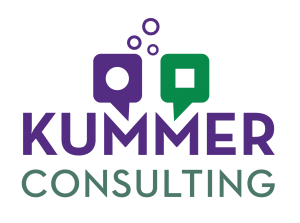Want to bring out the best ideas from your organization? Follow my blog series on the innovation mechanisms that enable new ideas to become great products.
Successful innovators seek to learn – not to convince.
A group of creative individuals can generate collective creativity. Innovation is the process of newly applying ideas to problems, generating novel solutions. When people interact, they gain access to each other’s experience, and activate associations across far-flung bodies of knowledge.
Recommendations: Build a culture of learning, not telling
Unlearn the habits of academia.
Admitting you don’t know is a sign of integrity, not a source of shame.
A presentation is not a dissertation defense.
When presenting, your job is enabling others to learn, not defending.
When watching, your job is learning, not grading.
Proving which idea belongs to whom interferes with problem-solving.
Questioning someone senior is a knowledge-building move, not a career-limiting move.
Reduce dependence on PowerPoint.
Writing PowerPoint slides suppresses the cognitive activity of synthesizing knowledge because it encourages people to divide information into discrete, sequential pieces organized in rigid outlines.
Innovation, in contrast, connects information in associative networks. Full sentences in prose paragraphs better express the integration of different strands of thought that result in new solutions.
Model high-quality conversation at the top.
Train and coach senior executives on the disciplines of collaborative leadership:
Skillful reflection on the different perspectives underlying technical and business decisions.
Building solid understanding of the critical data and reasoning for taking action.
Bringing out the whole range of concerns and ideas that bear on the issues at hand.
Click here for a free download of the Kummer Consulting case study, Mechanisms of Innovation.
For a free consultation on how to improve your organization’s effectiveness contact Merle at mkummer@kummerconsulting.com
